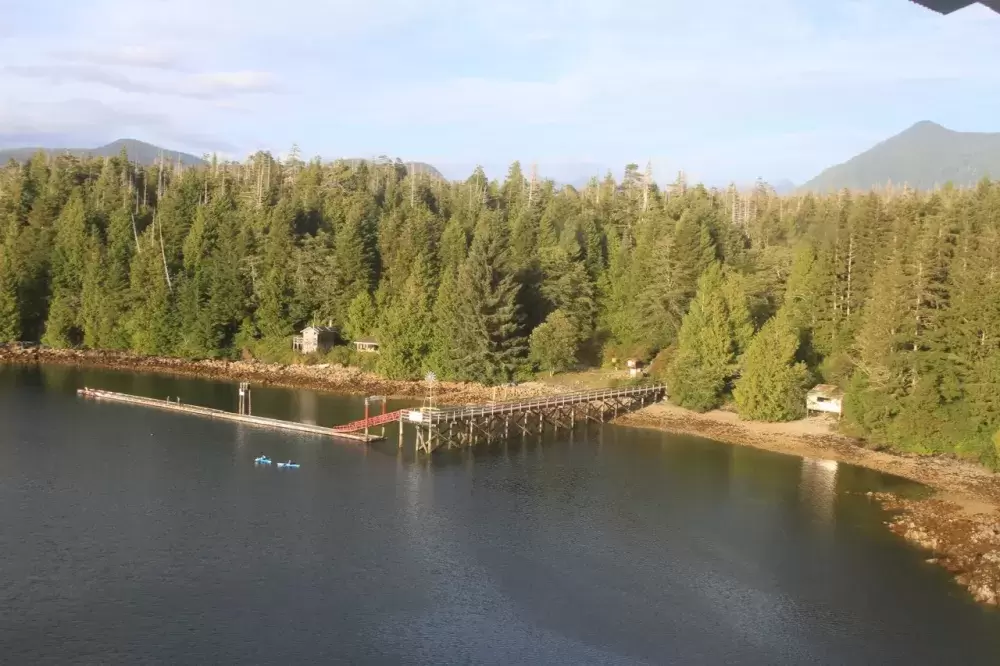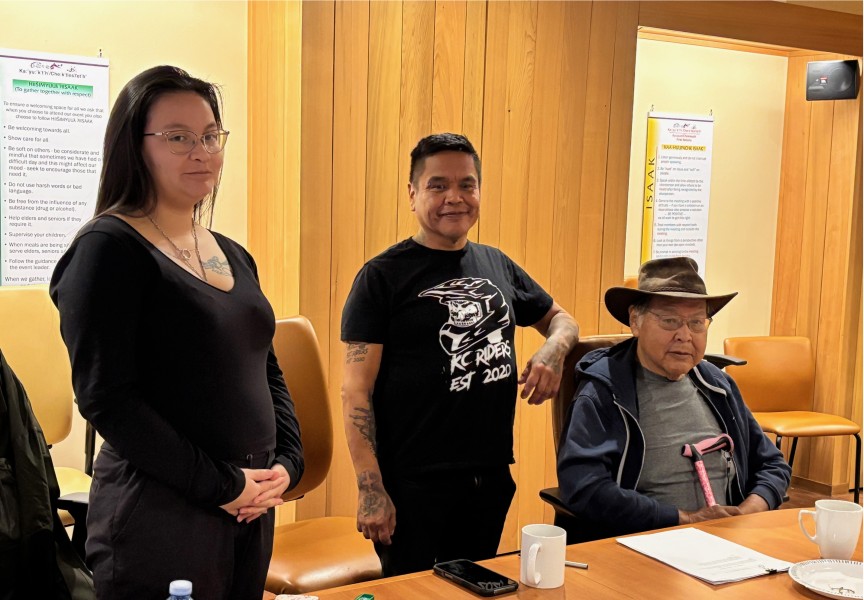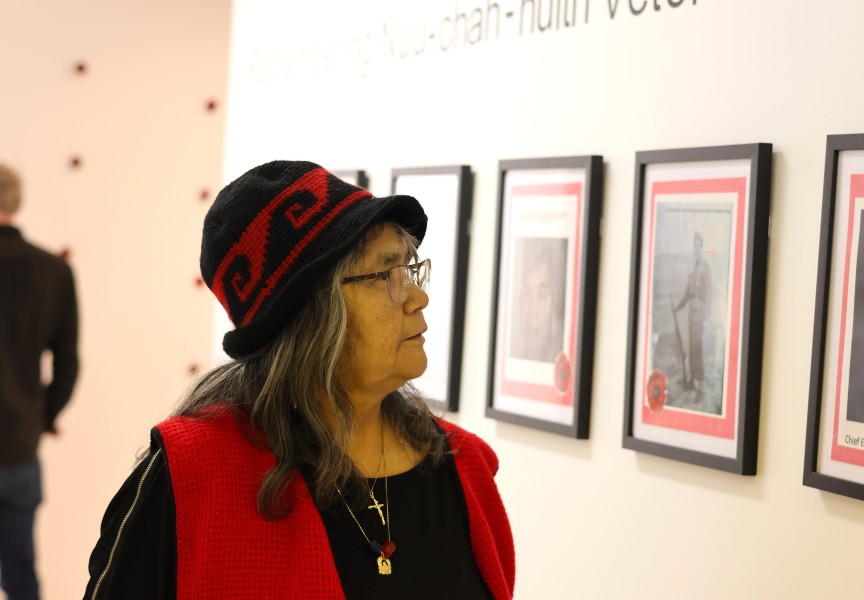As Haida Gwaii grapples with a COVID-19 outbreak, some Nuu-chah-nulth communities fear a similar fate.
Despite closing their borders to visitors, Hesquiaht community members living in Hot Springs Cove have witnessed a steady flow of non-residents entering the Nuu-chah-nulth territory by their village on private boats.
“They are here on a daily basis – from day break to evening,” said Bernard Charleson, Hesquiaht emergency co-ordinator. “It’s just another way that the virus is going to get into the community. They do come to the village and they do tie up at the dock. On occasion, they will walk into the village when there’s nobody around to stop them.”
With limited resources, Charleson said that he doesn’t have any authority or power to enforce the closures.
“We have very limited man-power and we don’t have anything on paper,” he said.
There is a massive gap in funding for First Nations communities to continue their battle against the coronavirus, said Mariah Charleson, Nuu-chah-nulth Tribal Council vice-president.
“To date, our First Nations communities have far exceeded the money that they were provided by Indigenous Services Canada (ISC) in response to COVID-19,” she said. “There’s no money at all available to support these check points and monitoring which have been instrumental in keeping our communities safe.”
According to Mariah, each Nuu-chah-nulth nation received $50,000 in funding, which was adjusted for remoteness and community well-being index scores.
The initial funding provided to the nations did not take into account the total number of band members, but rather, only those living on-reserve based on the 2016 census, said Mariah.
It was up to each nation to decide how they would spend their funding based on their own unique circumstances.
“For some nations, they didn't care that it was only based on on-reserve numbers,” said Mariah. “Some nations sent out their fishermen immediately and they distributed food to all of their members.”
ISC said that they are aware of the ongoing concerns of First Nations about the influx of visitors entering their territories.
“Our role is to support communities in doing what best suits their needs,” ISC said in an email statement. “That is why we provided immediate support through the distinctions-based Indigenous Community Support Fund so First Nation, Inuit and Métis communities can address their specific needs as they prepare for and react to the spread of COVID-19.”
ISC recently updated the funding guidelines for COVID-related public health response funding, which now includes perimeter security to control the risk of transmission and PPE for essential workers outside of health functions.
Mariah’s father, Stephen, lives in Hesquiaht Harbour. Every few days, he approaches boat operators to inform them that the territory is closed. With each encounter, he is met with a mixed response.
“My father went to respectfully let a boat operator and his wife know that our Hesquiaht Ḥahuułi was entirely closed to non-residents,” Mariah recounted over email. “One of them stated to my father that that only applied to the land and not the water. That couldn’t be farther from the truth and who we are as Nuu-chah-nulth people. The ocean has always been our highway and source of livelihood – since time immemorial.”
As frustrations mount over the lack of monitoring support from BC Parks, Mariah said that visitors are showing no sign of slowing down.
“BC Parks staff have a large geographical area of responsibility that covers over two dozen provincial parks and protected areas,” wrote BC Parks in an email. “The frequency of patrols of parks and protected areas within Hesquiaht territory varies, but observations from park ranger staff over the past several weeks indicates general compliance with the current park [and] protected area closures and lower levels of recreational use in the Clayoquot Sound area.”
As non-residents travel into the closed territories, Mariah said they are not considering the possibility of an accident.
“When people are traveling out, they think that they’re all safe and they’re far from any communities,” she said. “If anything is to happen, like a motor breaking down or somebody injuring themselves on the boat, it takes up a huge chunk of our resources, which are already very limited on the west coast.”
Scott Fraser, Minister of Indigenous Relations and Reconciliation, said he recently met with senior health officials and community leaders from the First Nations on the west coast of Vancouver Island to discuss solutions to these issues.
“We agreed to continue to work collaboratively to build confidence and ensure protections for vulnerable community members as we move forward with the restart plan,” he stated in an email. “For all of us, people’s health and safety is our top priority, and we continue to believe the best way forward is through dialogue.”
With 146 new COVID-19 cases reported in B.C. since Friday, “the threat of the second wave is becoming more and more real every day,” said Mariah on Tuesday, Aug. 4.
Lisa Sabbas, Hesquiaht council secretary, echoed that sentiment by saying, “it’s not if it’s going to come, it’s when it’s going to come.”
With BC Day long weekend behind us, Mariah said that it is an extremely vulnerable time for the Nuu-chah-nulth communities.
“Something that I’m continuously wondering and asking myself is, ‘do people not understand that our rural and remote communities do not have the capacity to handle [an] outbreak if it were to happen?’” she said. “It’s a real concern.”







